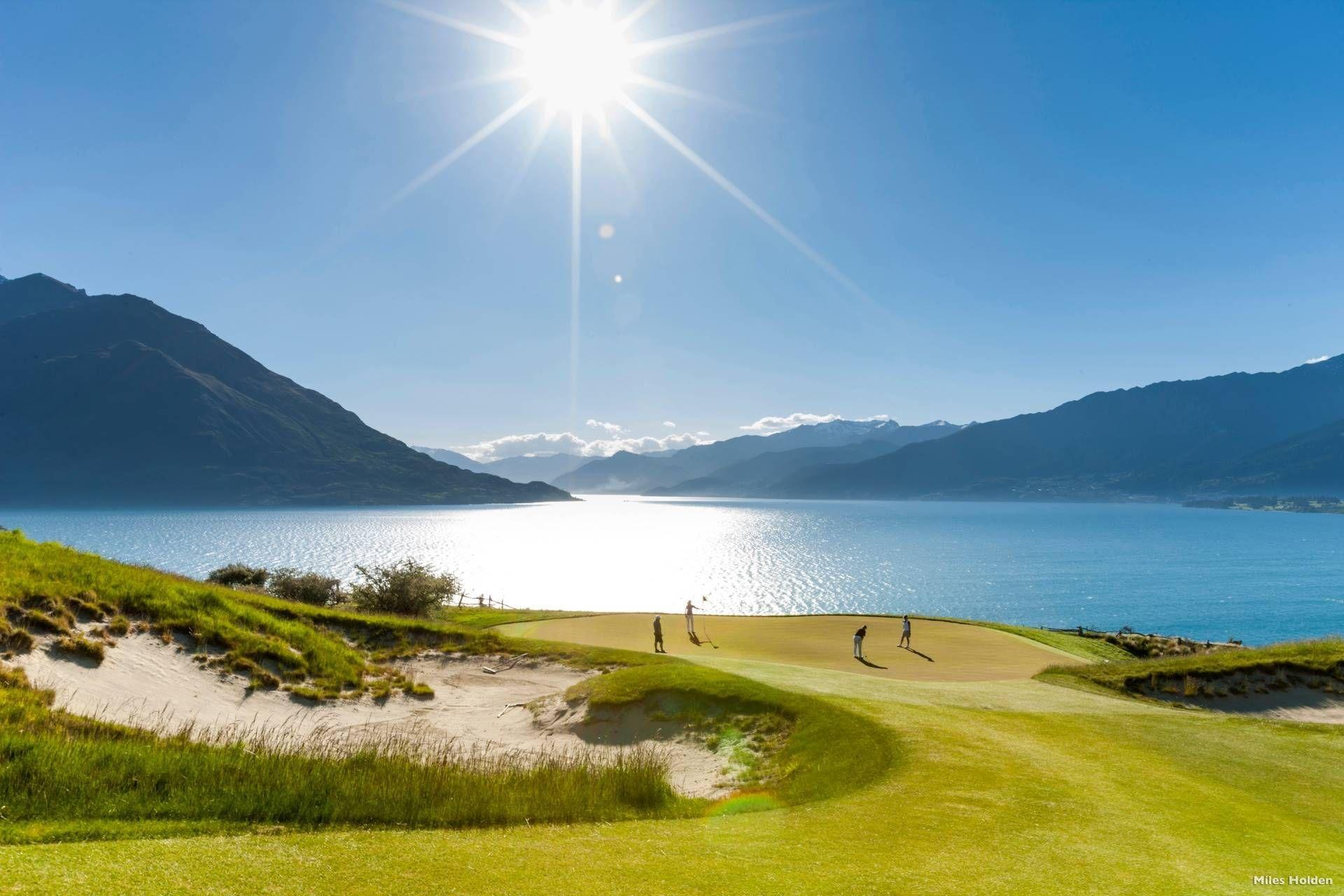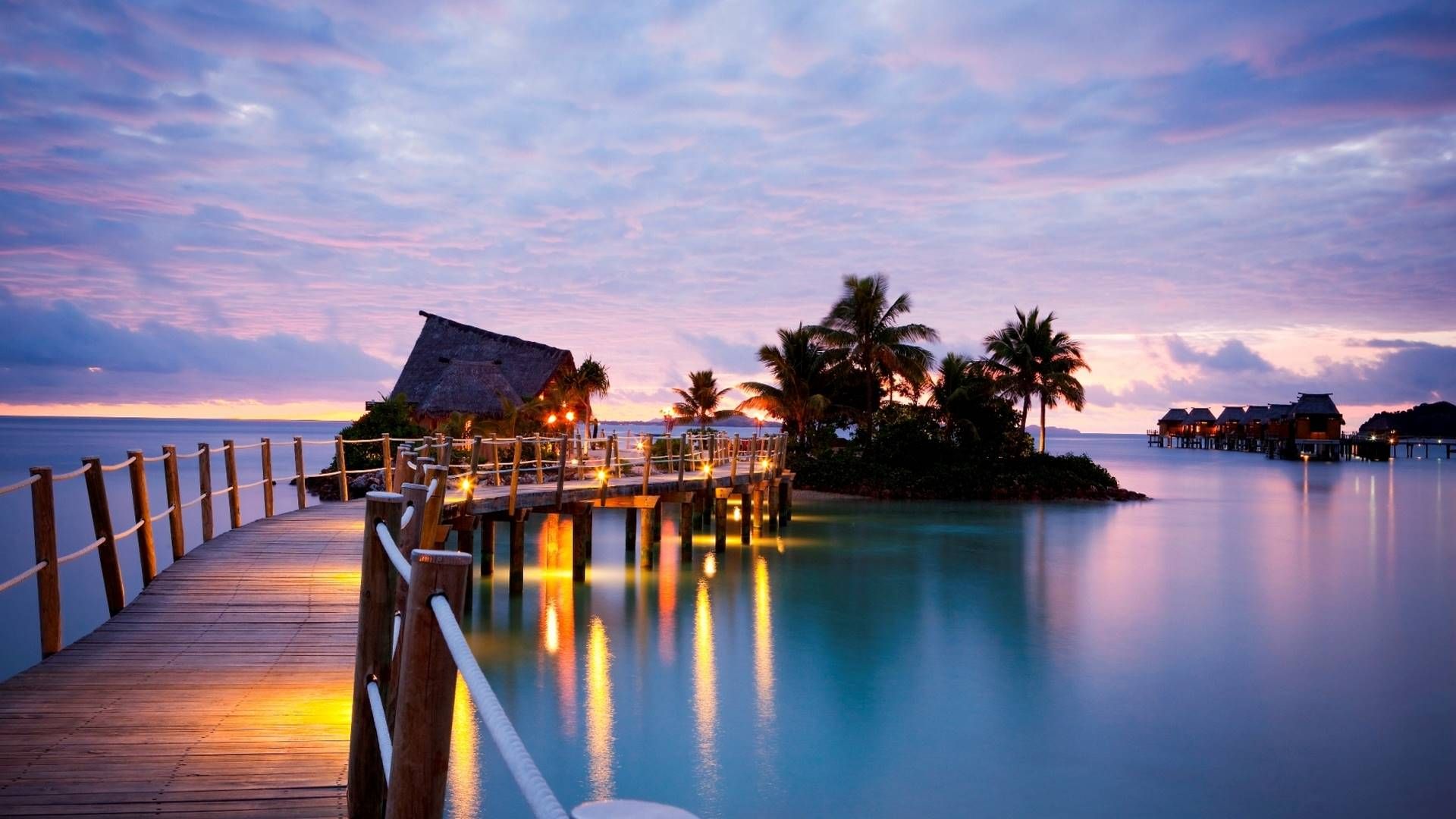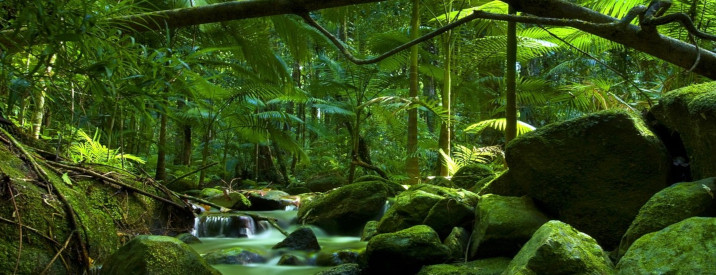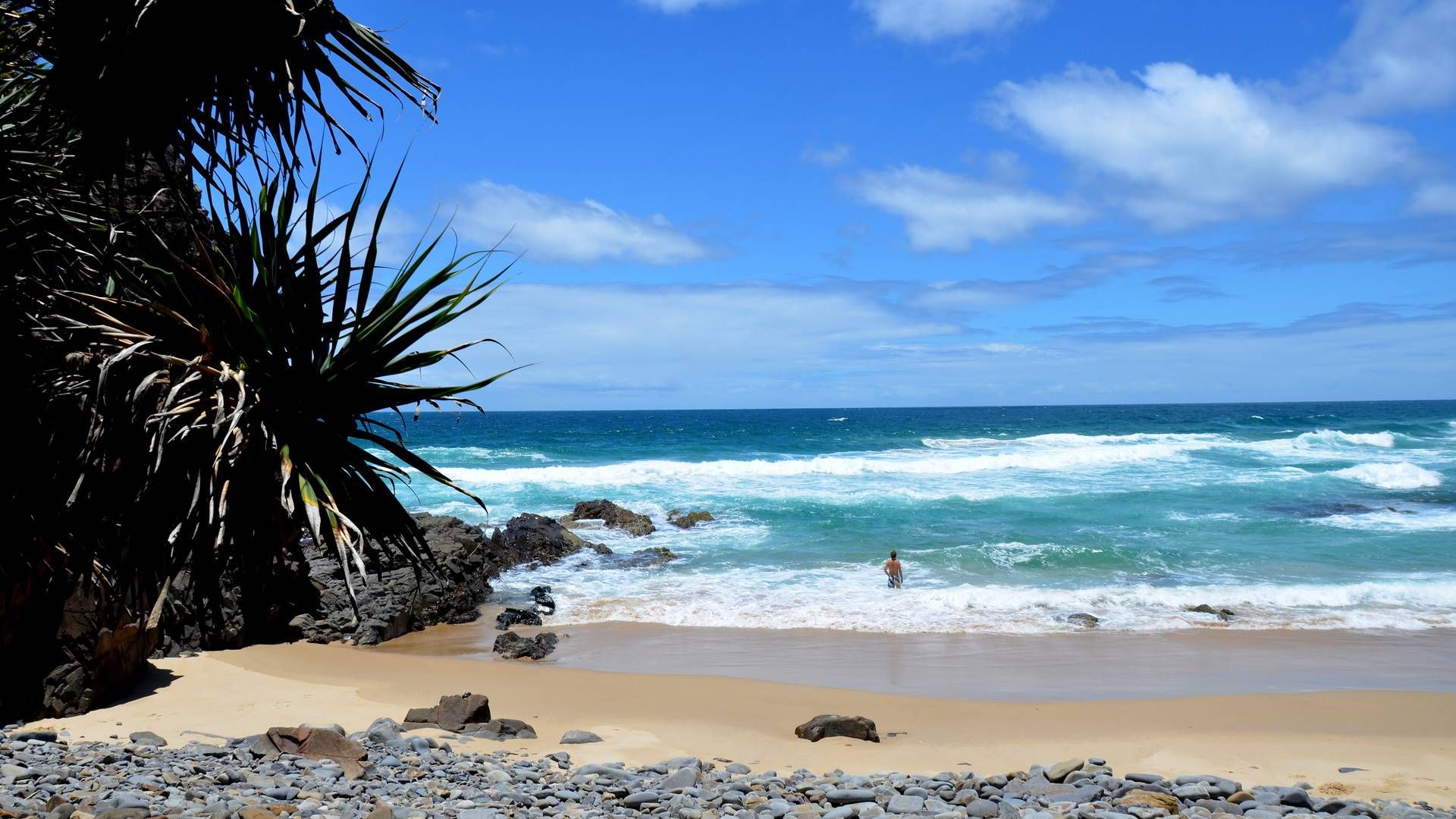Blog
Best Seasons to Travel to New Zealand, Australia and the South Pacific Islands
The seasons in New Zealand, Australia and the South Pacific are well defined but can vary significantly. Depending on your interests, there are certain times of the year that might better suit when planning your trip to the Southern Hemisphere.
December – February

Summer ‘down under’ from December through to February and is a great time to travel in New Zealand and most parts of Australia.
In New Zealand, daytime temperatures are between 20-30°C (70-90°F) with the northern parts experiencing sub-tropical weather. It’s a great time to enjoy all manner of outdoor activities including hiking, biking, water based activities and scenic touring by road or helicopter/small aircraft. Don’t forget your sunscreen and sunhat when enjoying the outdoors at his time of the year! Due to the weather being generally more stable, these are the busiest months of the year, so do be prepared for more crowds, including locals, enjoying their summer holidays between late December and all of January.
In Australia, temperatures can soar at this time of the year and in the interior, an arid semi desert, temperatures can get over 40°C (105°F). The same temperatures can be experienced in the northern coastal tropical areas around the Great Barrier Reef with the added factor of high humidity levels. In the southern parts, including Melbourne, Adelaide, Sydney and Tasmania, the temperatures generally however are much more pleasant, perfect for relaxing at the beach or exploring the cities and surrounding landscapes.
In the same way the tropics of Australia are hot and wet at this time of the year, so to are the Islands of the South Pacific. It’s the ‘wet’ season therefore tropical downpours are common. On the plus side these downpours generally come and go quickly and this can be a good time to enjoy the fantastic resorts found here, without so many people.
June – August

Winter is the perfect time to plan travels to the South Pacific Islands and the tropics and interiors of Australia. The southern parts of New Zealand are a winter wonderland at this time of the year so can also be a good option depending on your interests.
Looking first at the Islands such as Fiji, French Polynesia, Rarotonga and Samoa, these months are within the dry season where less rain and humidity and more friendly temperatures can be experienced. It’s a great time to be relaxing by the pool, cocktail in hand, or by the beach enjoying water sports such as stand-up paddleboarding, snorkelling, diving and kayaking.
For the same reasons the tropics of Australia around the Great Barrier Reef are a good choice at this time of the year. Rainfall is uncommon which means clearer waters that are better for snorkelling and diving. Stinging jellyfish are less common at this time of the year making swimming a more enjoyable experience. In Australia, the interior temperatures are mild, so it’s a great time to visit to the monolithic sandstone rock formation of Uluru.
In New Zealand, rainfall is more common during these months with snow experienced in the South Island. If you’d like to enjoy snow-capped mountain scenery and a day or two on the ski slopes then a base around Queenstown and Wanaka is ideal. Be sure to pack warm clothes and water proof outer layers to protect yourself from the elements!
March – May & September – November

Spring and Autumn (Fall) are known as the shoulder seasons and are great times of the year to look at combining travels to each of the destinations. Because you are not in high season, prices are somewhat lower and the crowds can lessen. In our opinion, it can be the best time to visit many parts of Australia. Holidays can be planned to incorporate the best weather at each of the locations.
A good example would be starting a holiday in New Zealand around March where you can tour the North and South Islands, then travelling to the southern parts of Australia spending time perhaps on Kangaroo Island then Sydney or Melbourne before heading up to the tropical north around April which is the start of the dry season. You can then finish with relaxing on the beach somewhere like Fiji, Rarotonga or Tahiti which are getting into their dry seasons.


